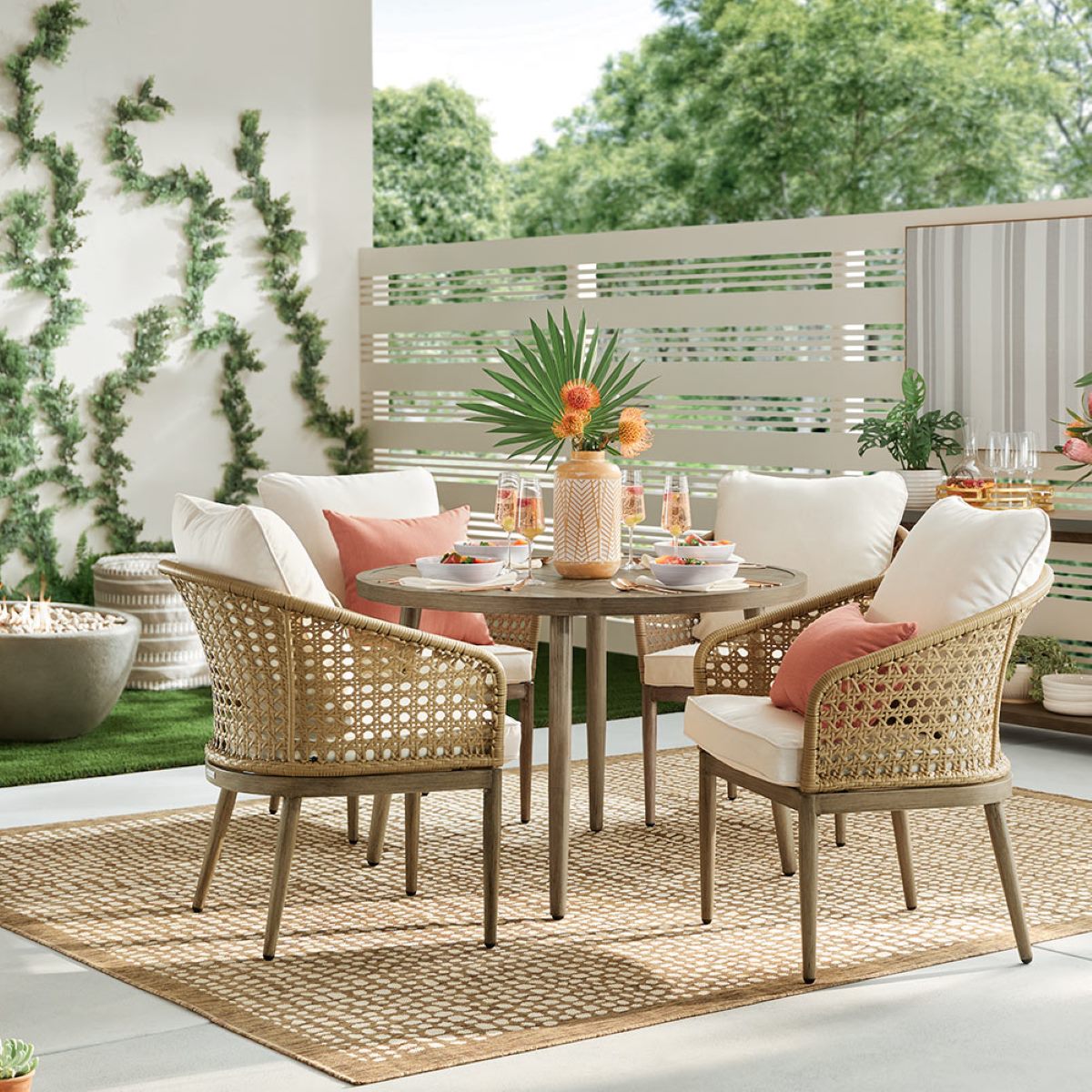

Articles
How To Build Patio Rugs
Modified: February 23, 2024
Discover the best methods for creating beautiful and durable patio rugs with our informative articles. Transform your outdoor space with these expert tips and tricks.
(Many of the links in this article redirect to a specific reviewed product. Your purchase of these products through affiliate links helps to generate commission for Storables.com, at no extra cost. Learn more)
Introduction
Having a beautiful and inviting patio can greatly enhance the overall aesthetic and functionality of your outdoor space. One way to level up the style of your patio is by adding rugs. Patio rugs not only provide a cozy and comfortable feel underfoot, but they also add a pop of color and pattern to your outdoor area.
Building patio rugs may sound like a daunting task, but with the right materials, measurements, and installation techniques, it can be easily accomplished. In this article, we will guide you through the step-by-step process of building patio rugs that will transform your outdoor space into a welcoming oasis.
Before diving into the details, it’s important to consider the overall style and design of your patio. Think about the color palette and any existing furniture or decor you have. This will help you choose patio rugs that complement your outdoor space seamlessly.
Additionally, it’s crucial to select materials that are durable and weather-resistant. Patio rugs are exposed to various outdoor elements, such as sunlight, rain, and snow. Opt for rugs made from materials like polypropylene or synthetic fibers that can withstand the harsh outdoor conditions without fading or deteriorating.
Now that you have a clear vision of your patio’s style and have chosen the right materials, let’s move on to the next step: measuring and planning.
Key Takeaways:
- Building patio rugs involves selecting durable, weather-resistant materials, measuring and planning effectively, and securing the rugs in place to create a stunning outdoor area that reflects your personal style and enhances the ambiance of your outdoor oasis.
- To maintain the longevity and beauty of patio rugs, regular cleaning and maintenance, proper sun protection, and strategic placement are essential. By following these tips, you can ensure your outdoor space remains cozy and stylish for years to come.
Read more: How To Clean A Patio Rug
Choosing the Right Materials
When it comes to building patio rugs, selecting the right materials is crucial for both durability and style. Here are a few key factors to consider when choosing the materials for your patio rugs:
- Durable and Weather-Resistant: Since patio rugs are exposed to the elements, it’s important to choose materials that can withstand harsh weather conditions without deteriorating. Look for rugs made from polypropylene or synthetic fibers, as they are resistant to fading, moisture, and mold.
- Ease of Cleaning: Outdoor rugs are prone to getting dirty from foot traffic, spills, or debris. Opt for materials that are easy to clean, such as rugs that can be hosed down or wiped with a damp cloth. This will save you time and effort in maintaining the rugs’ cleanliness.
- Comfort: Patio rugs should not only look good but also provide comfort underfoot. Consider materials that have a softer texture, such as rugs with a plush or woven pile. This will make your outdoor space more enjoyable and inviting.
- UV Protection: The sun’s rays can cause color fading and deterioration in outdoor rugs. Look for rugs that offer UV protection to ensure they maintain their vibrant colors for a longer period of time.
- Size and Shape: Consider the size and shape of your patio when selecting the rugs. Measure the area where you want to place the rugs and choose sizes that fit well within the space. Rectangular rugs are the most common choice, but you can also opt for round or square rugs to add visual interest.
When shopping for patio rugs, it’s advisable to visit local home improvement stores or browse online retailers that offer a wide selection of outdoor rugs. Take advantage of customer reviews and ratings to gauge the quality and durability of the rugs you are considering.
By choosing the right materials for your patio rugs, you can ensure they will withstand the outdoor elements while providing both comfort and style to your outdoor space.
Measuring and Planning
Before you start building your patio rugs, it’s essential to properly measure and plan the placement of the rugs. Here are the steps to follow:
- Measure the Patio Area: Use a tape measure to determine the dimensions of the area where you want to place the rugs. Measure both the length and width, taking into account any irregularities or obstacles, such as furniture or planters.
- Consider Placement: Think about the layout and placement of the rugs. Are you planning to place one large rug covering the entire patio area or multiple smaller rugs in different sections? Consider both the aesthetic and functional aspects when deciding on the placement.
- Create a Sketch: To visualize the final result, create a rough sketch of your patio area and mark the measurements and preferred placement of the rugs. This will help you stay organized during the installation process.
- Account for Edging and Clearance: When measuring, remember to account for any desired edging or clearance space around the rugs. This will prevent the rugs from feeling cramped or overlapping with other patio elements.
- Consider Traffic Patterns: Take into consideration the natural flow of foot traffic on your patio. Avoid placing rugs in areas where people are likely to walk consistently, as this may cause premature wear and tear on the rugs.
Once you have measured the patio area, made a sketch, and decided on the placement, it’s time to move forward with the installation process. Ensuring proper measurements and planning will help you achieve a seamless and aesthetically pleasing result.
Preparing the Patio Surface
To ensure a solid foundation for your patio rugs and to avoid potential damage or unevenness, it is important to properly prepare the patio surface. Follow these steps to prepare the surface:
- Clean the Patio Area: Start by thoroughly cleaning the patio surface. Remove any debris, dirt, or loose particles from the area. You can use a broom, leaf blower, or a pressure washer to clean the surface effectively.
- Repair Any Damage: Inspect the patio for any cracks, chips, or uneven areas. If you come across any damage, such as loose pavers or concrete, make necessary repairs before proceeding. Fill in cracks or holes and ensure that the surface is smooth and even.
- Allow for Proper Drainage: Check that your patio has proper drainage to prevent water accumulation underneath the rugs. If needed, make sure that the patio slopes away from your home or install additional drainage channels to redirect water flow.
- Apply a Sealer: Depending on the type of patio surface you have, you may want to consider applying a sealer. Patio sealers help protect the surface from moisture, stains, and UV damage. Follow the manufacturer’s instructions to apply the sealer evenly and allow it to dry as per the recommended time.
- Smooth Out the Surface: If your patio surface has rough or uneven sections, consider using a grinder or sander to smooth them out. This will ensure a flat and level surface for your rugs, preventing any tripping hazards.
Preparing the patio surface before installing the rugs is essential for their longevity and stability. By cleaning, repairing, and smoothing out the surface, you will create a solid foundation that ensures your patio rugs look and perform their best.
Installing Padding or Underlayment
Installing padding or underlayment beneath your patio rugs serves several purposes. It provides cushioning, improves the rug’s stability, and helps to protect the surface underneath. Follow these steps to install padding or underlayment:
- Select the Right Material: Choose a suitable padding or underlayment material that is specifically designed for outdoor use. Look for options that are water-resistant, mold-resistant, and durable.
- Cut to Size: Measure the dimensions of your patio rugs and cut the padding or underlayment material accordingly. Ensure that it is slightly smaller than the rugs to prevent it from sticking out or being visible once the rugs are laid down.
- Place the Material: Lay the padding or underlayment material evenly over the prepared patio surface. Make sure it is centered and aligned with the measurements of the patio area.
- Secure the Edges: Use double-sided carpet tape or adhesive strips to secure the edges of the padding or underlayment material to the patio surface. This will ensure it stays in place while you lay down the rugs on top.
- Smooth Out Any Wrinkles: Smooth out any wrinkles or bumps in the padding or underlayment material before placing the rugs on top. This will provide a flat and even surface for the rugs.
Installing padding or underlayment beneath your patio rugs not only adds an extra layer of comfort but also helps to prolong the lifespan of both the rugs and the patio surface. It prevents the rugs from shifting or bunching up and provides additional protection against moisture and stains.
Now that you have your padding or underlayment in place, it’s time to move on to selecting and laying the patio rugs.
When building patio rugs, make sure to choose durable, weather-resistant materials that can withstand outdoor conditions. This will ensure that your rug lasts longer and stays looking great.
Read more: How To Build Black Rugs
Selecting and Laying the Rugs
Selecting the right patio rugs is essential to enhance the visual appeal and comfort of your outdoor space. Follow these steps to choose and lay your patio rugs:
- Consider the Style: Look for rugs that complement the overall style and color scheme of your patio. Consider patterns, colors, and textures that will blend harmoniously with your outdoor furniture and decor.
- Measure and Mark: Measure the size of the patio area where you intend to lay the rugs. Use these measurements to ensure you select rugs that are the appropriate size and shape for the space.
- Anchor Points: Determine the anchor points for your rugs. These are key spots where you will secure the rugs to prevent them from shifting or bunching up. Common anchor points include corners, near doors, or under heavy furniture.
- Arrange and Adjust: Begin laying the rugs starting from one end of the patio area. Align the edges of the rugs with the measurements you marked and adjust them as needed to ensure a snug fit.
- Overlap or Gap: Decide whether you want to overlap the edges of the rugs or leave a small gap between them. Overlapping creates a seamless look, while a gap can add visual interest and allow for water drainage.
While laying the rugs, periodically step back to assess the overall placement and alignment. Make any necessary adjustments to ensure the rugs are straight and evenly positioned. This will create a polished and professional appearance.
Once the patio rugs are laid down, take the time to walk on them and test their stability. Make any final adjustments as needed to ensure they are secure and comfortable to walk on.
Congratulations! You have successfully selected and laid your patio rugs. Now it’s time to secure them in place.
Securing the Rugs in Place
Securing your patio rugs is crucial to prevent them from shifting or slipping, especially in high traffic areas or during strong winds. Here’s how you can effectively secure your rugs in place:
- Double-Sided Carpet Tape: Use double-sided carpet tape along the edges and corners of the rugs. This adhesive tape is designed specifically for rugs and provides a strong grip between the rug and the patio surface.
- Rug Gripper Pads: Rug gripper pads are non-slip pads that can be placed between the rug and the patio surface. These pads provide extra traction and prevent the rug from sliding or moving.
- Patio Furniture: If your patio has furniture, strategically place the legs of the furniture on top of the edges of the rugs. This will help anchor the rugs in place and prevent them from shifting.
- Heavy Objects: For rugs that are not in close proximity to furniture, you can place heavy objects, such as planters or outdoor decor, on the corners or edges of the rugs. This will add extra weight and stability to keep the rugs in place.
- Velcro Strips: Attach adhesive-backed velcro strips to the underside of the rug and the patio surface. This will create a strong and secure connection between the rug and the patio, preventing any movement.
It’s important to periodically check and readjust the securing methods to ensure they remain effective. This is especially necessary after heavy rainfall or when rearranging furniture on the patio.
By properly securing your patio rugs, you can enjoy a safe and stable outdoor space while minimizing the risk of tripping or injury.
Now that your patio rugs are in place and secured, let’s move on to the final step: cleaning and maintenance.
Cleaning and Maintenance Tips
Maintaining the cleanliness and condition of your patio rugs is essential for their longevity and continued enjoyment. Here are some tips to help you effectively clean and maintain your patio rugs:
- Regular Vacuuming: Use a vacuum cleaner with a brush attachment to remove dirt, debris, and loose particles from the rugs. Vacuuming regularly will help prevent dirt from becoming embedded in the fibers.
- Spot Cleaning: Address spills or stains immediately by blotting the affected area with a clean cloth or paper towel. Avoid rubbing, as this can spread the stain. Use a mild detergent or a specialized rug cleaner and follow the manufacturer’s instructions for spot cleaning.
- Deep Cleaning: Periodically deep clean your patio rugs to remove embedded dirt and maintain their vibrancy. You can use a carpet cleaner or hire a professional rug cleaning service to ensure a thorough and effective clean.
- Sun Protection: If your patio rugs are exposed to direct sunlight for extended periods, consider placing them in shaded areas or using patio umbrellas to minimize fading or discoloration from UV rays.
- Rotate the Rugs: To prevent uneven wear, periodically rotate the rugs or alternate their placement. This will ensure that all areas of the rug receive equal exposure and foot traffic.
- Store During Harsh Weather: If you experience severe weather conditions such as heavy rain, snow, or storms, it’s advisable to store your patio rugs indoors to protect them from potential damage.
- Brush and Shake: Occasionally, brush or shake the rugs to remove excess dirt or debris. This will help maintain their appearance and prevent the fibers from becoming matted or flattened.
By following these cleaning and maintenance tips, you can ensure that your patio rugs remain in excellent condition and continue to enhance the beauty and comfort of your outdoor space for years to come.
Now that you have a comprehensive understanding of building patio rugs, you are ready to transform your outdoor space into a cozy and stylish haven.
Conclusion
Building patio rugs can elevate the look and feel of your outdoor space, providing a cozy and inviting atmosphere for relaxation and entertainment. By selecting the right materials, measuring and planning effectively, preparing the patio surface, installing padding or underlayment, and securing the rugs in place, you can create a stunning outdoor area that reflects your personal style.
When choosing patio rugs, consider the durability and weather resistance of the materials, as well as their ease of cleaning and UV protection. Measure and plan the placement of the rugs, taking into account the size and shape of your patio, as well as traffic patterns and anchor points. Properly prepare the patio surface by cleaning, repairing, and ensuring proper drainage.
Installing padding or underlayment beneath the patio rugs provides a comfortable and stable foundation, protecting both the rugs and the patio surface. When laying the rugs, ensure they are aligned and adjusted correctly, and consider overlapping or leaving a small gap for water drainage.
To keep the rugs in place, use double-sided carpet tape, rug gripper pads, patio furniture, heavy objects, or Velcro strips. Regularly clean and maintain the rugs by vacuuming, spot cleaning, deep cleaning, and protecting them from excessive sun exposure. Rotate the rugs and store them indoors during harsh weather conditions.
With these tips and guidelines, you can create a beautiful and functional outdoor space with patio rugs that will be enjoyed by family and friends for years to come. So, go ahead and start building your patio rugs to enhance the ambiance and style of your outdoor oasis!
Frequently Asked Questions about How To Build Patio Rugs
Was this page helpful?
At Storables.com, we guarantee accurate and reliable information. Our content, validated by Expert Board Contributors, is crafted following stringent Editorial Policies. We're committed to providing you with well-researched, expert-backed insights for all your informational needs.
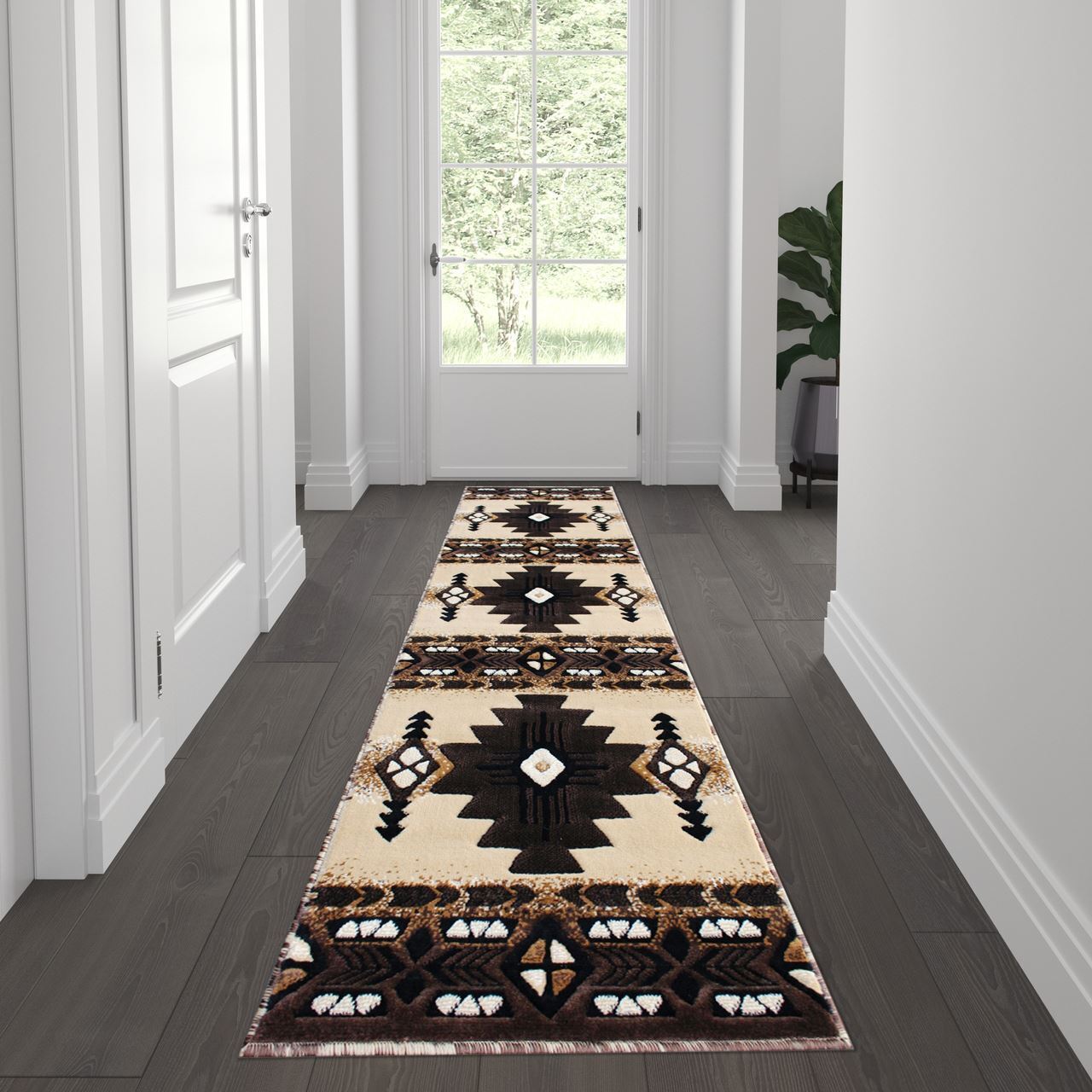
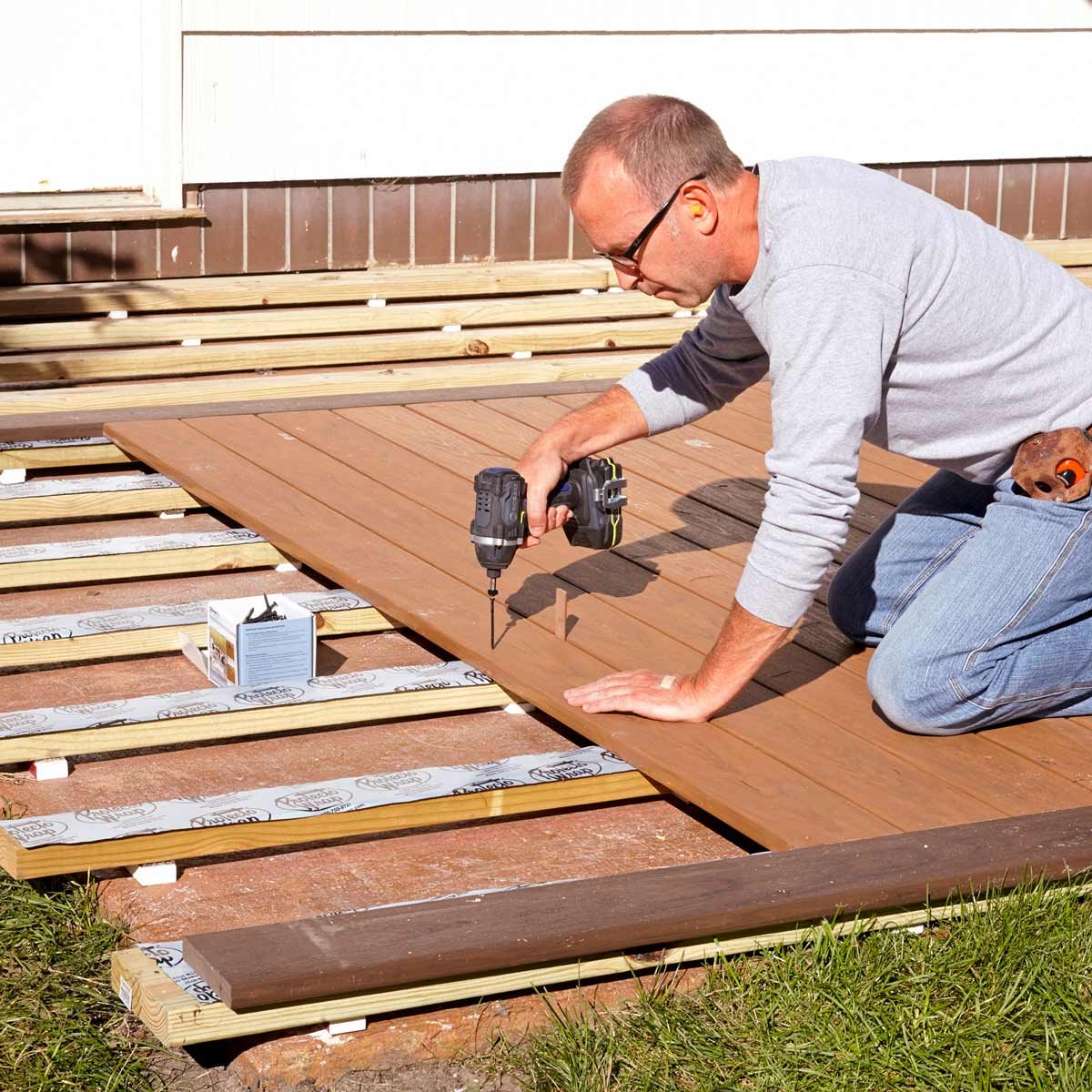
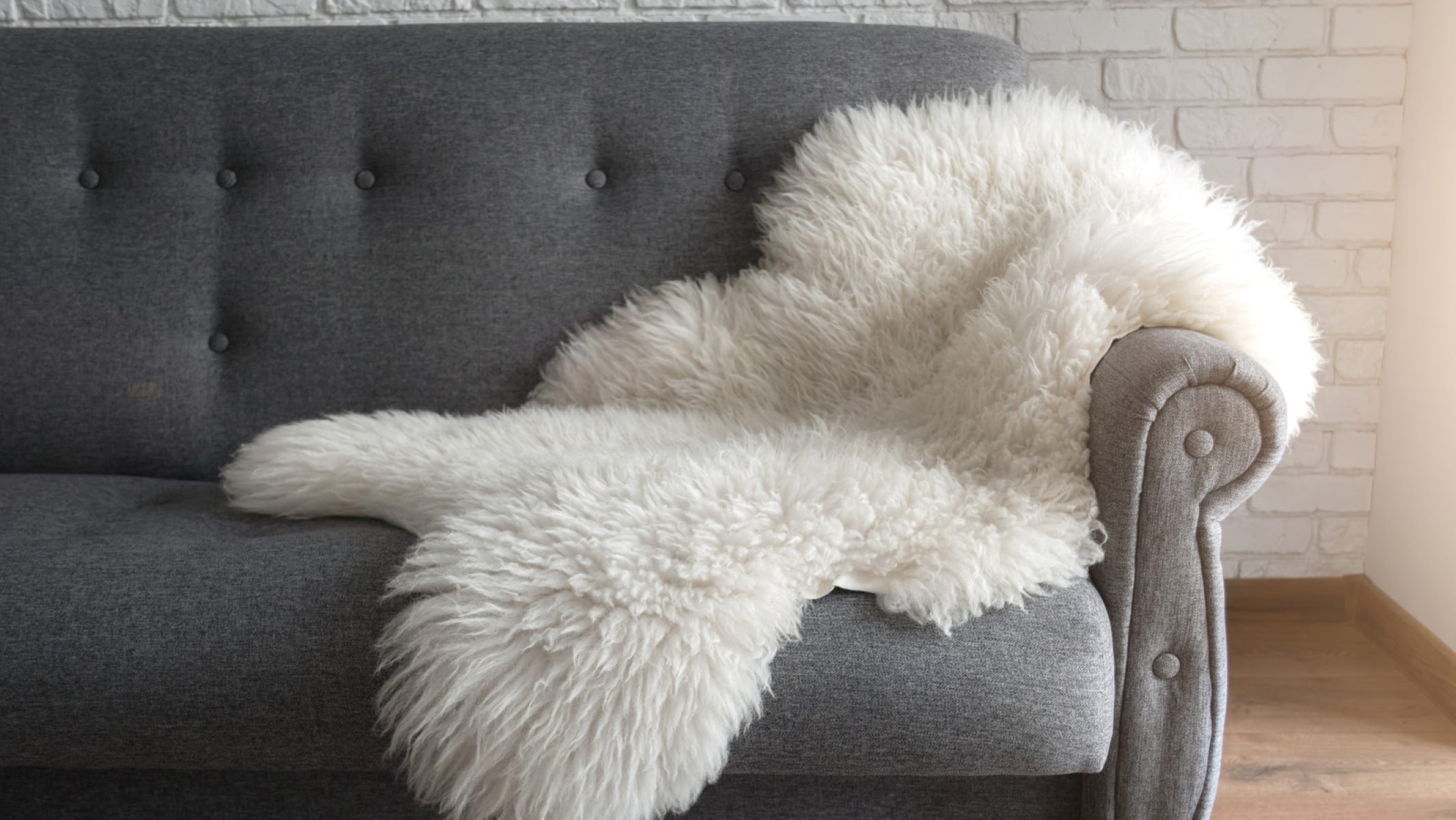
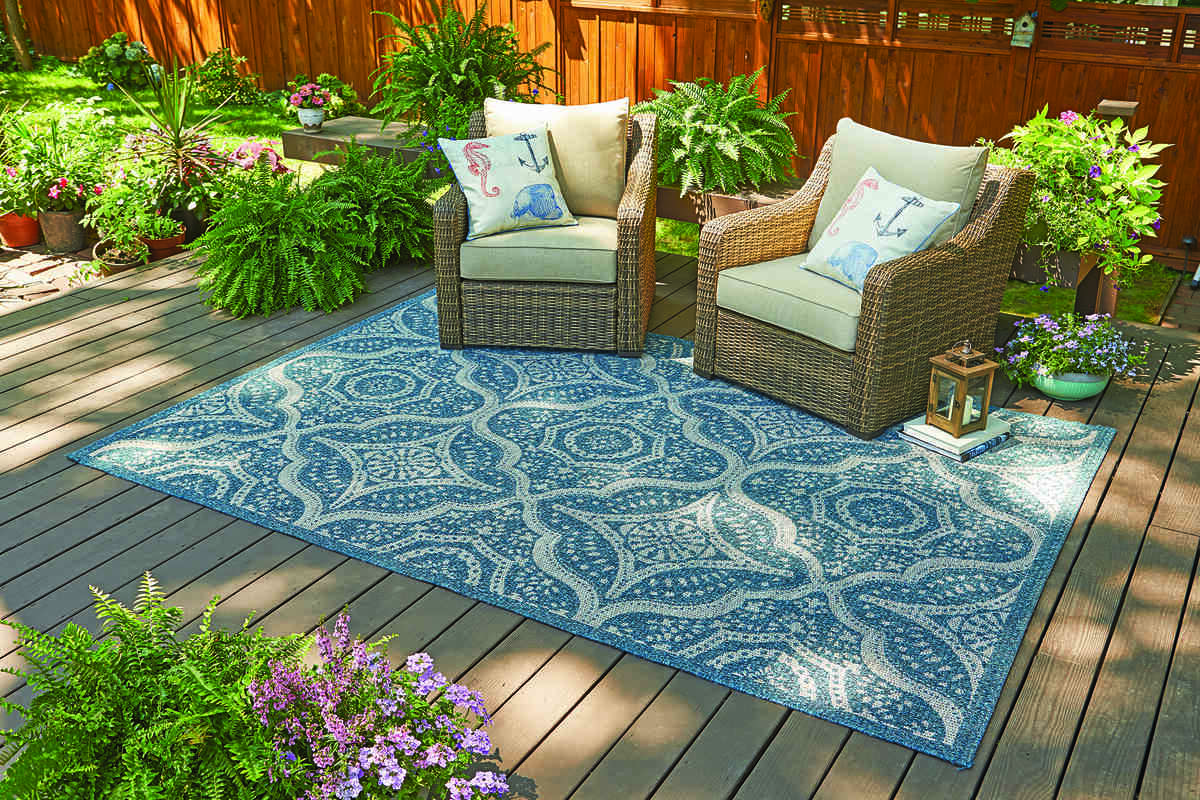

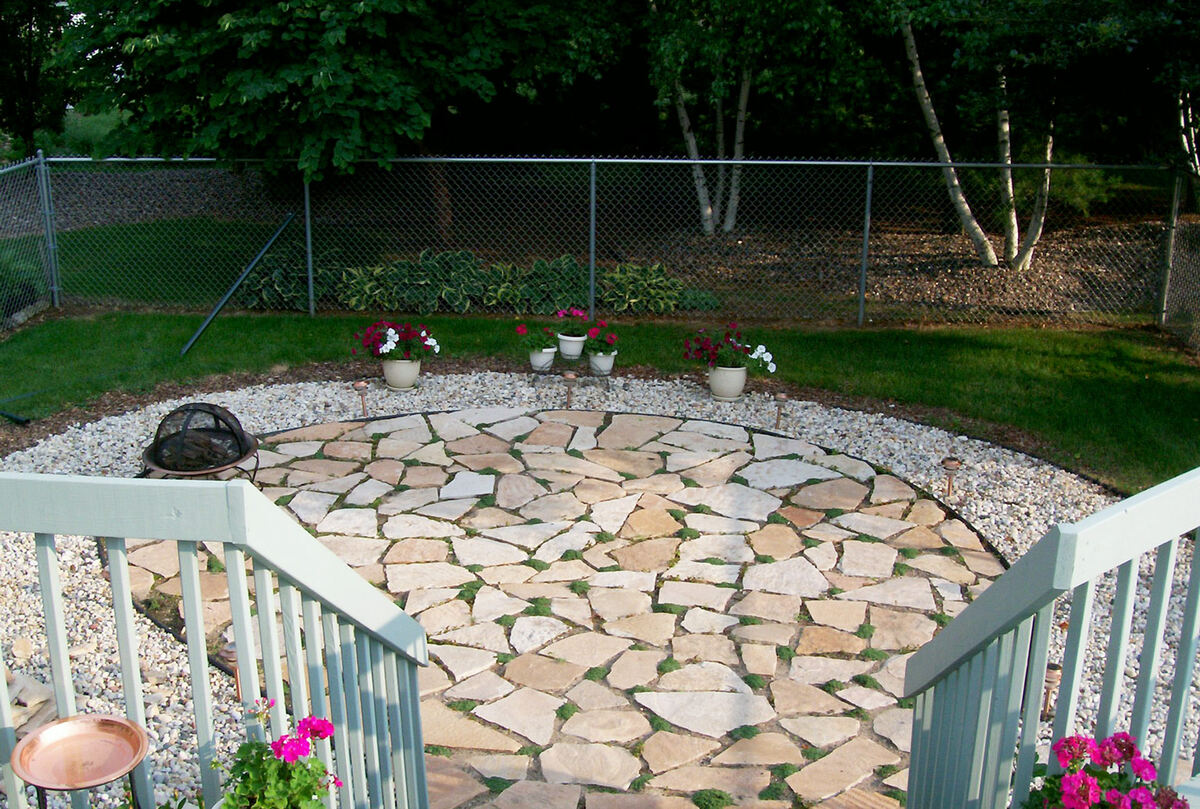
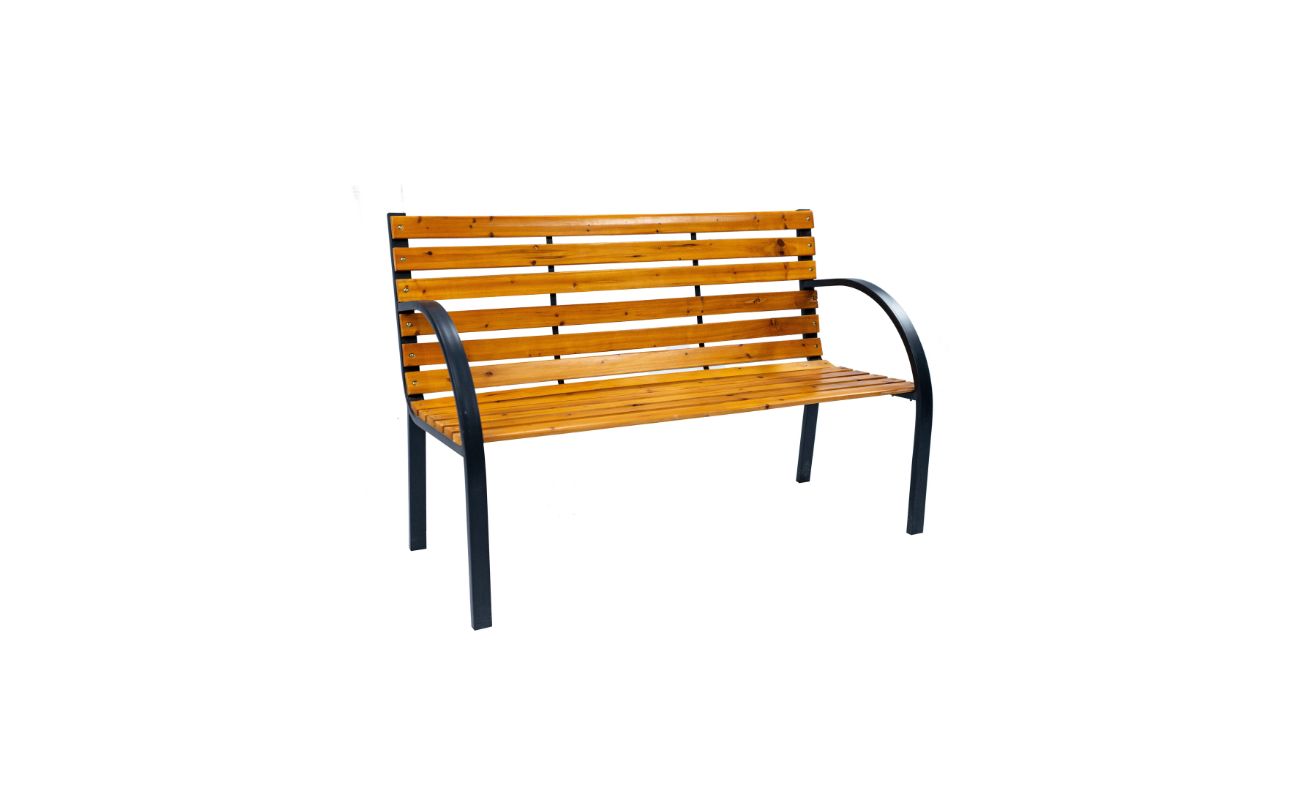
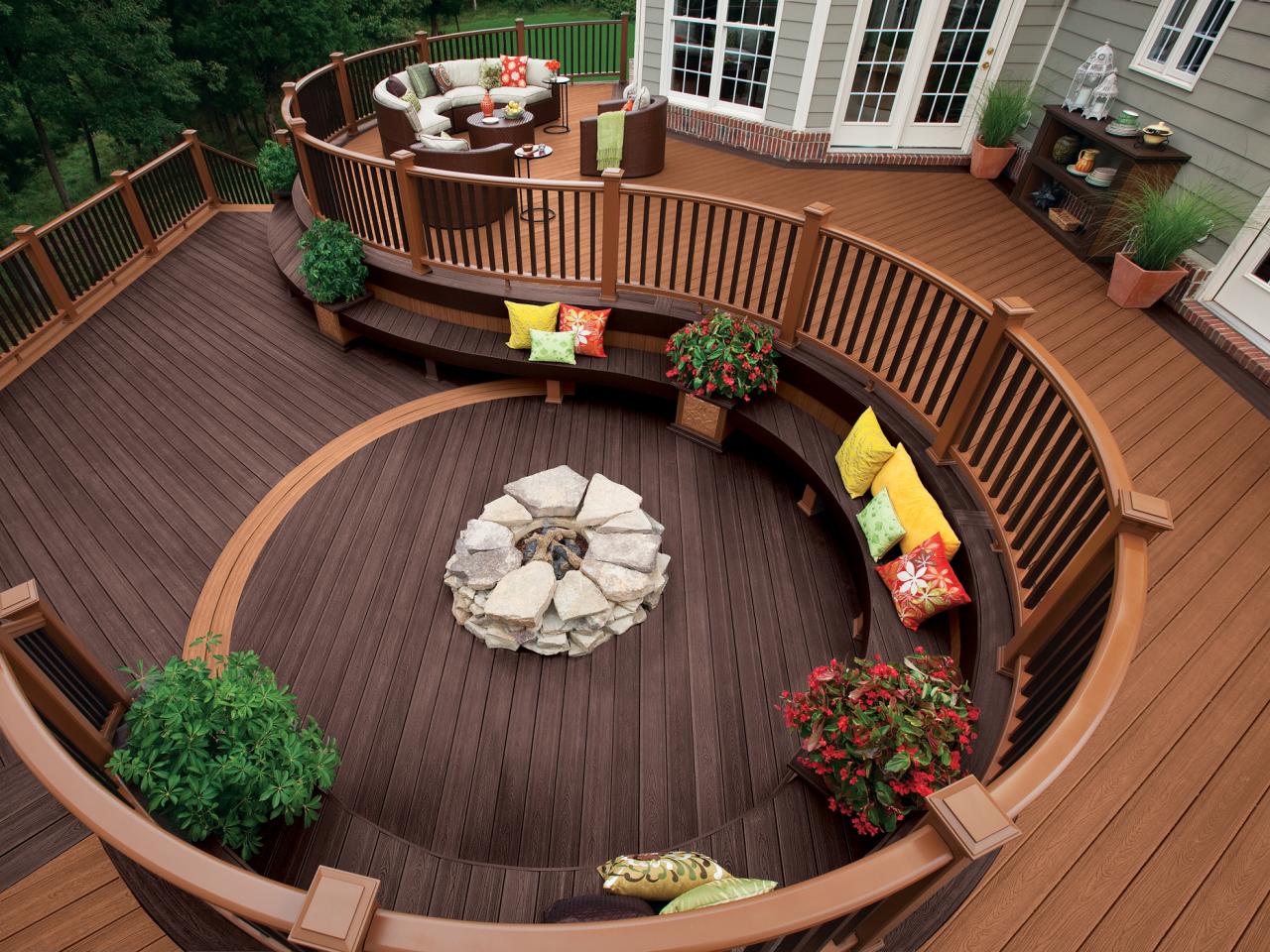
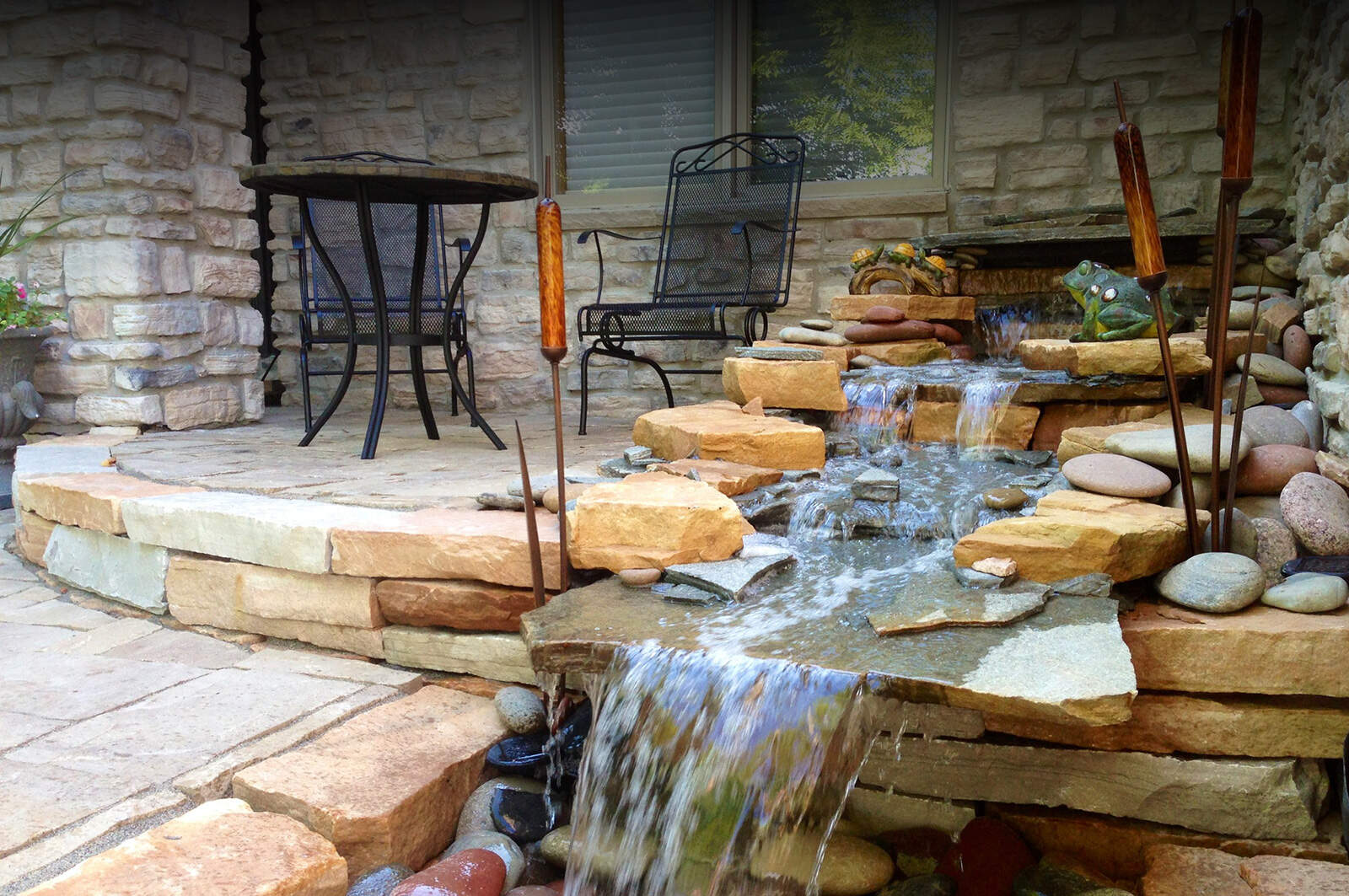
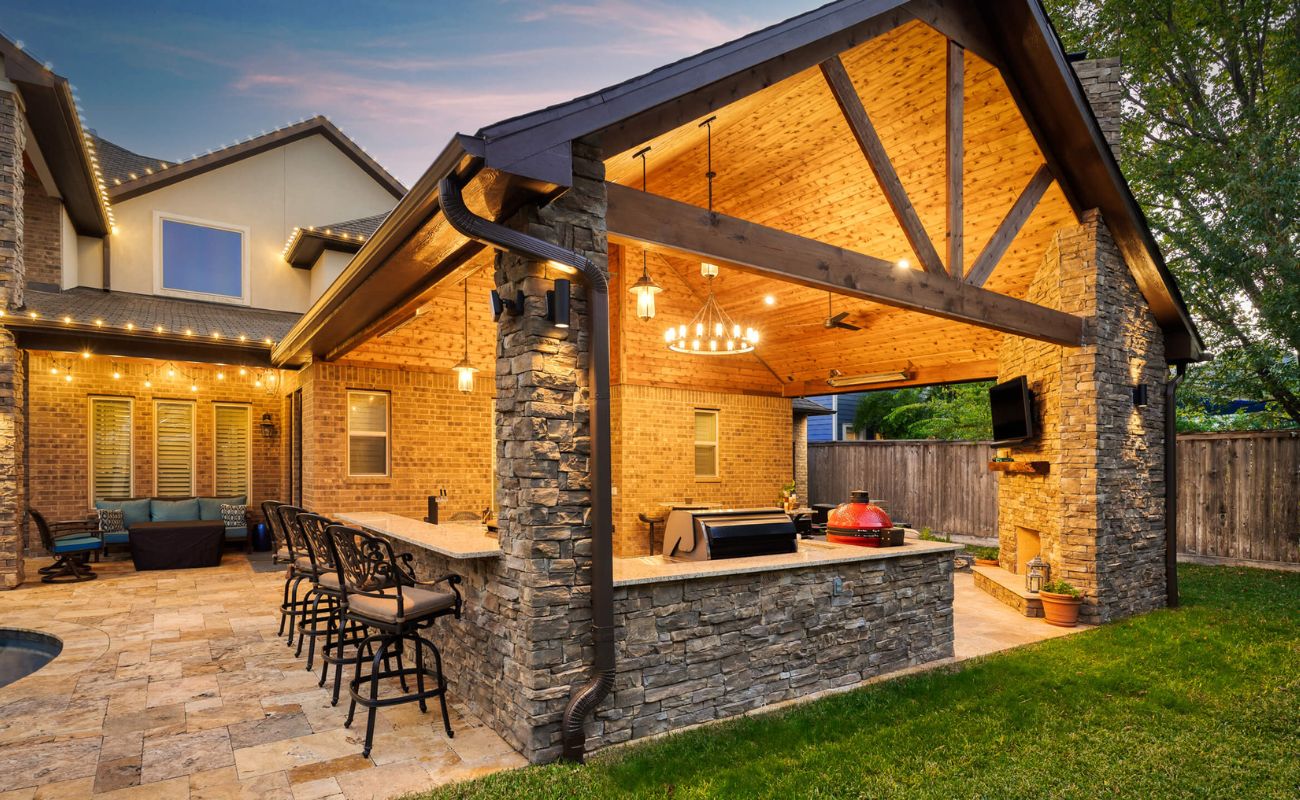
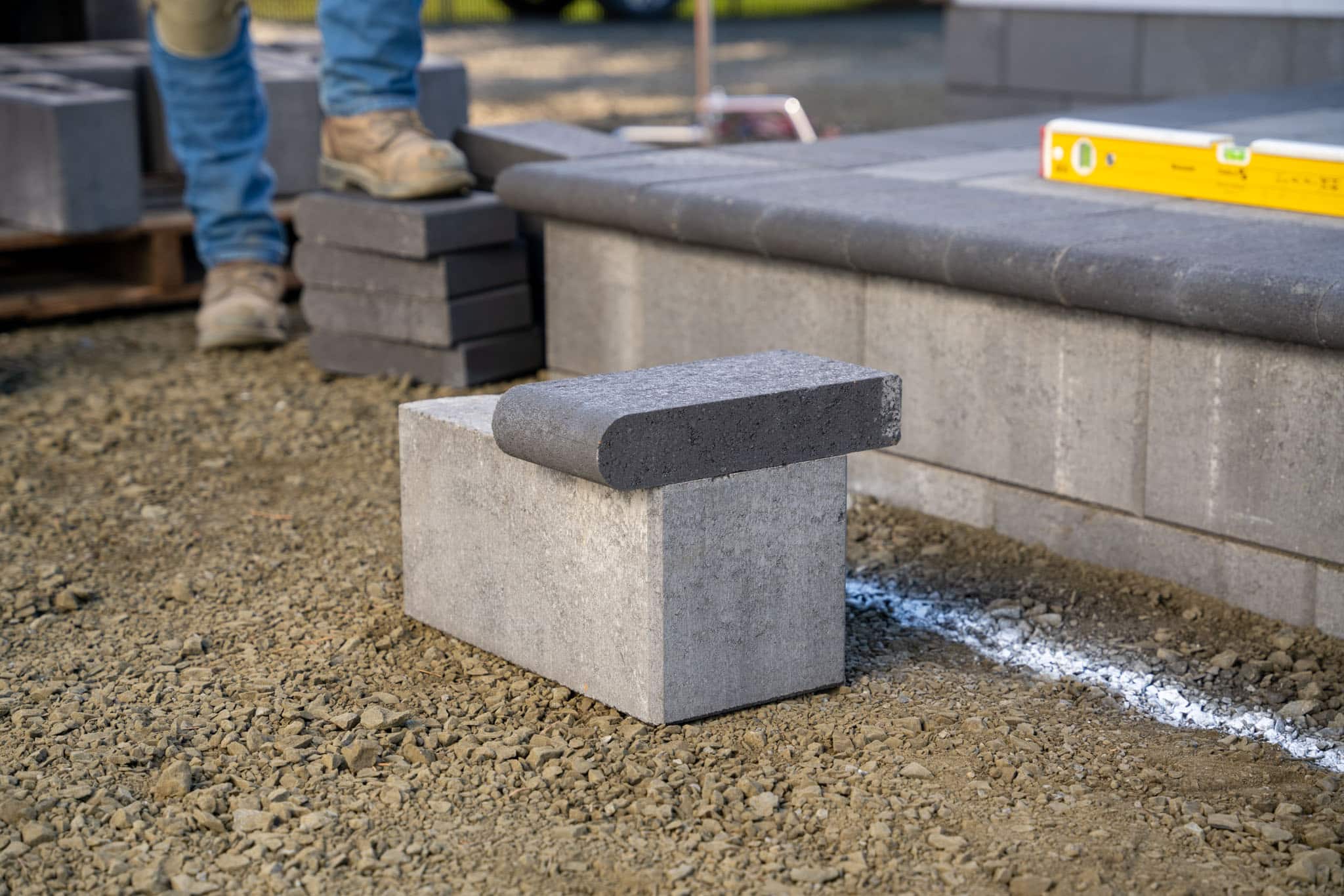
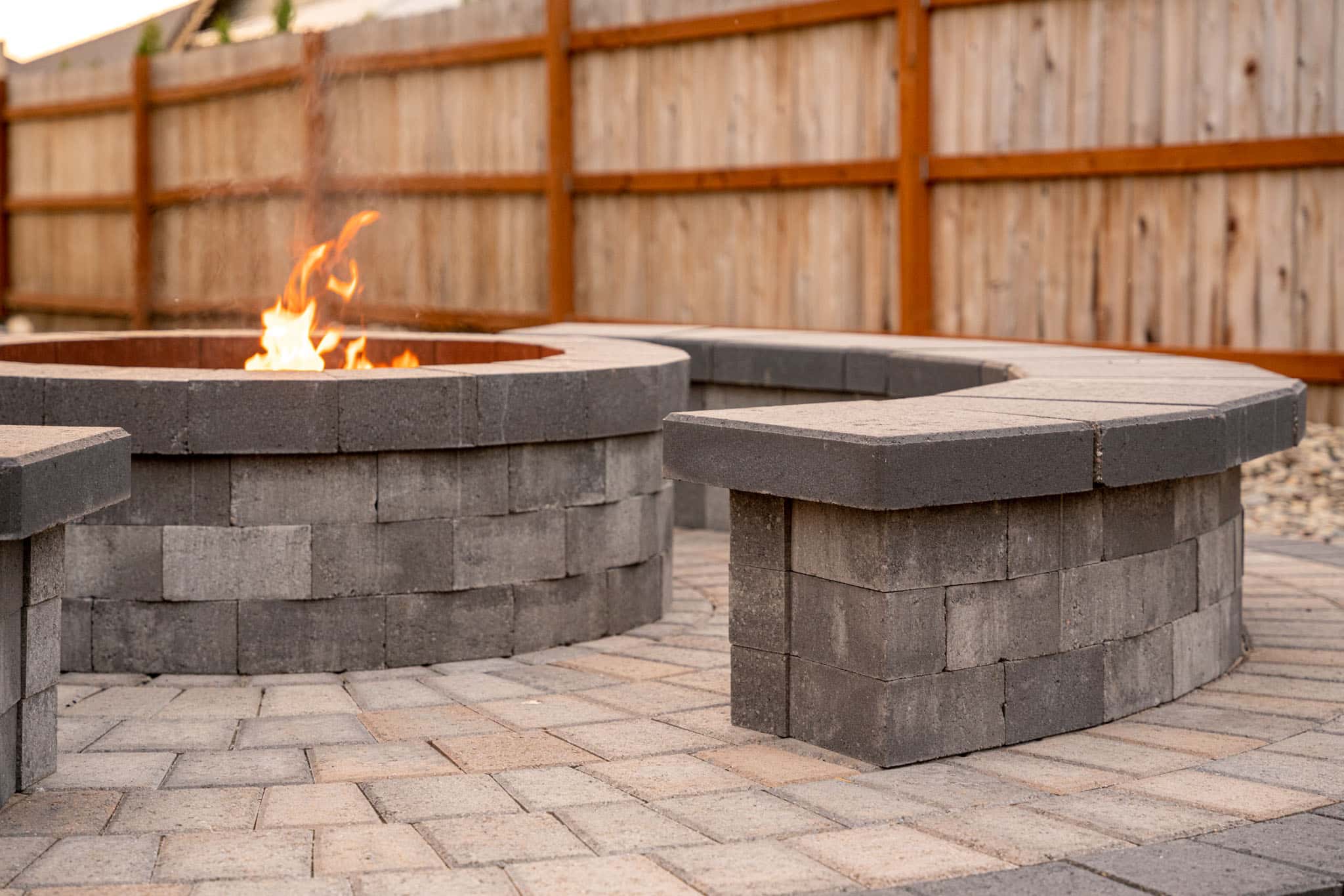
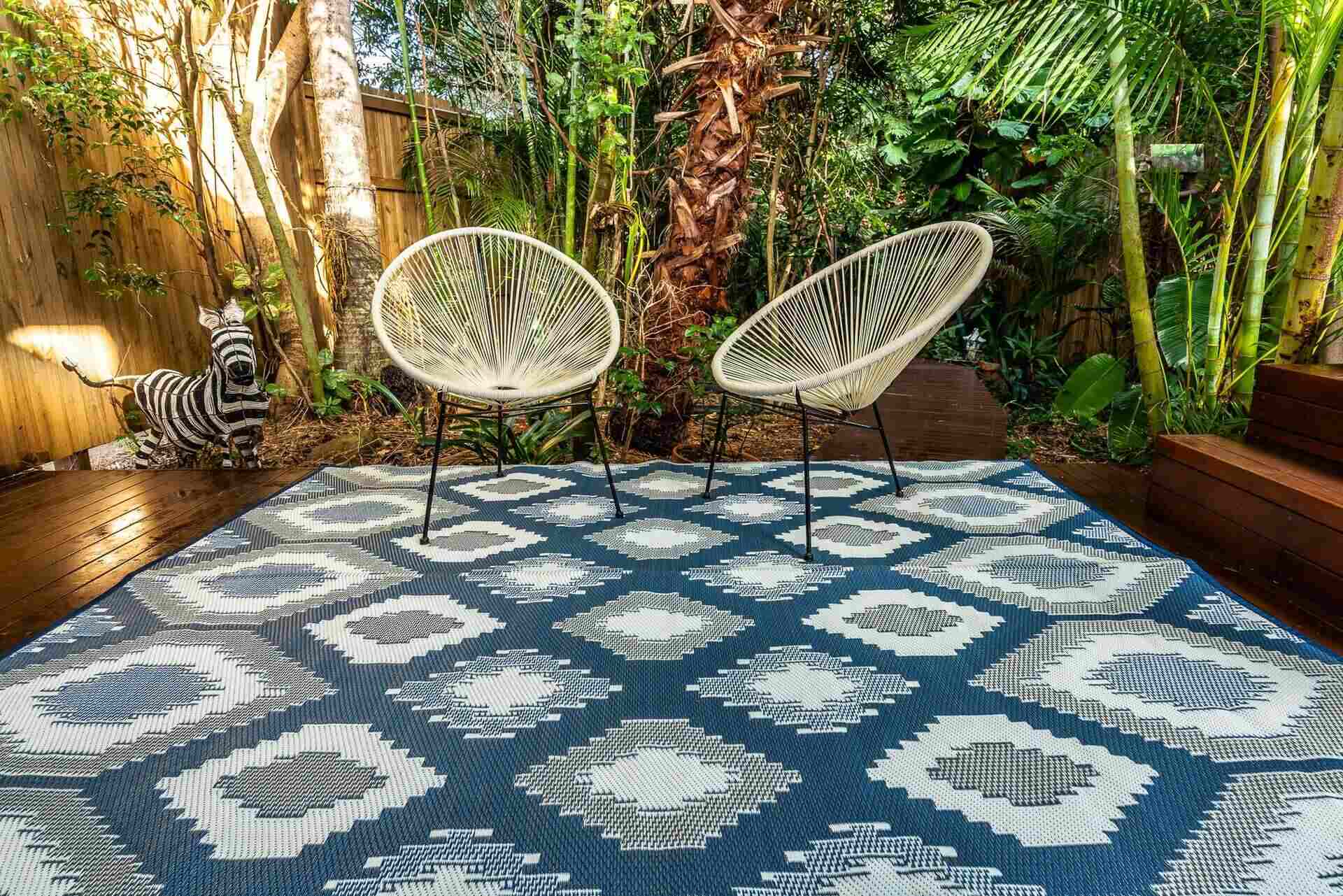
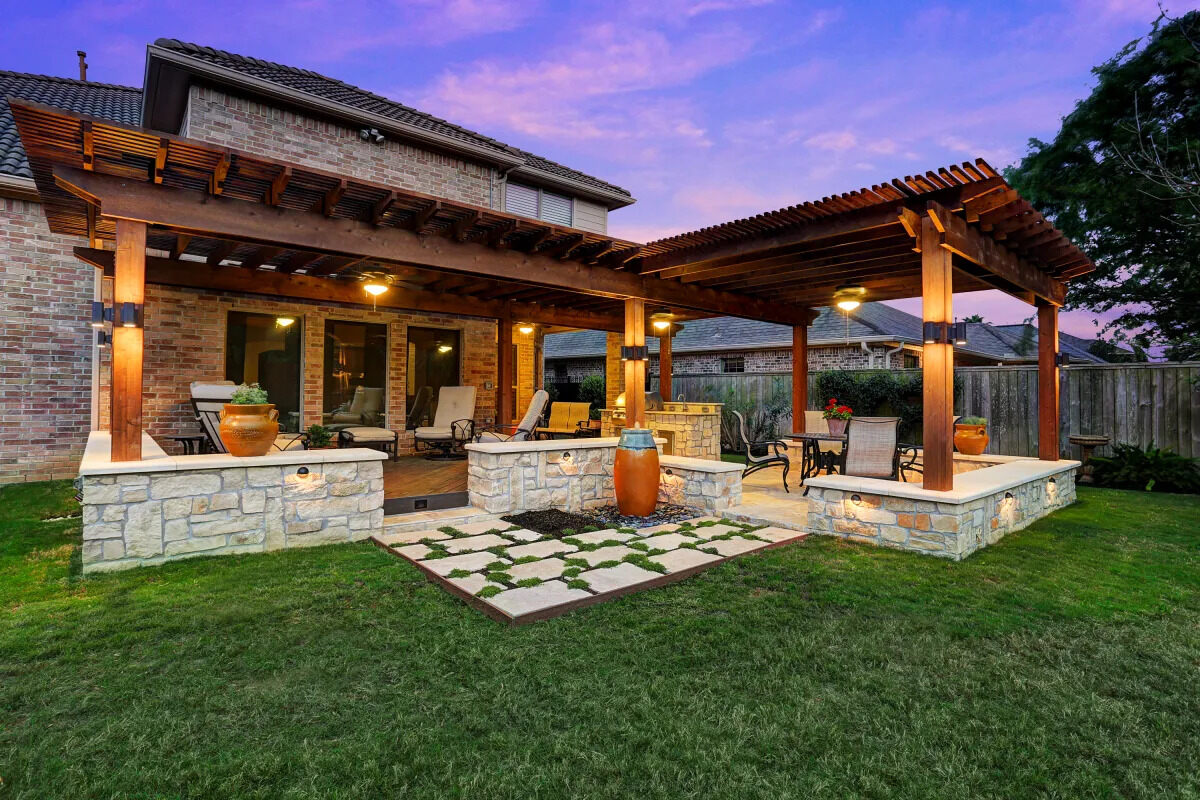

0 thoughts on “How To Build Patio Rugs”